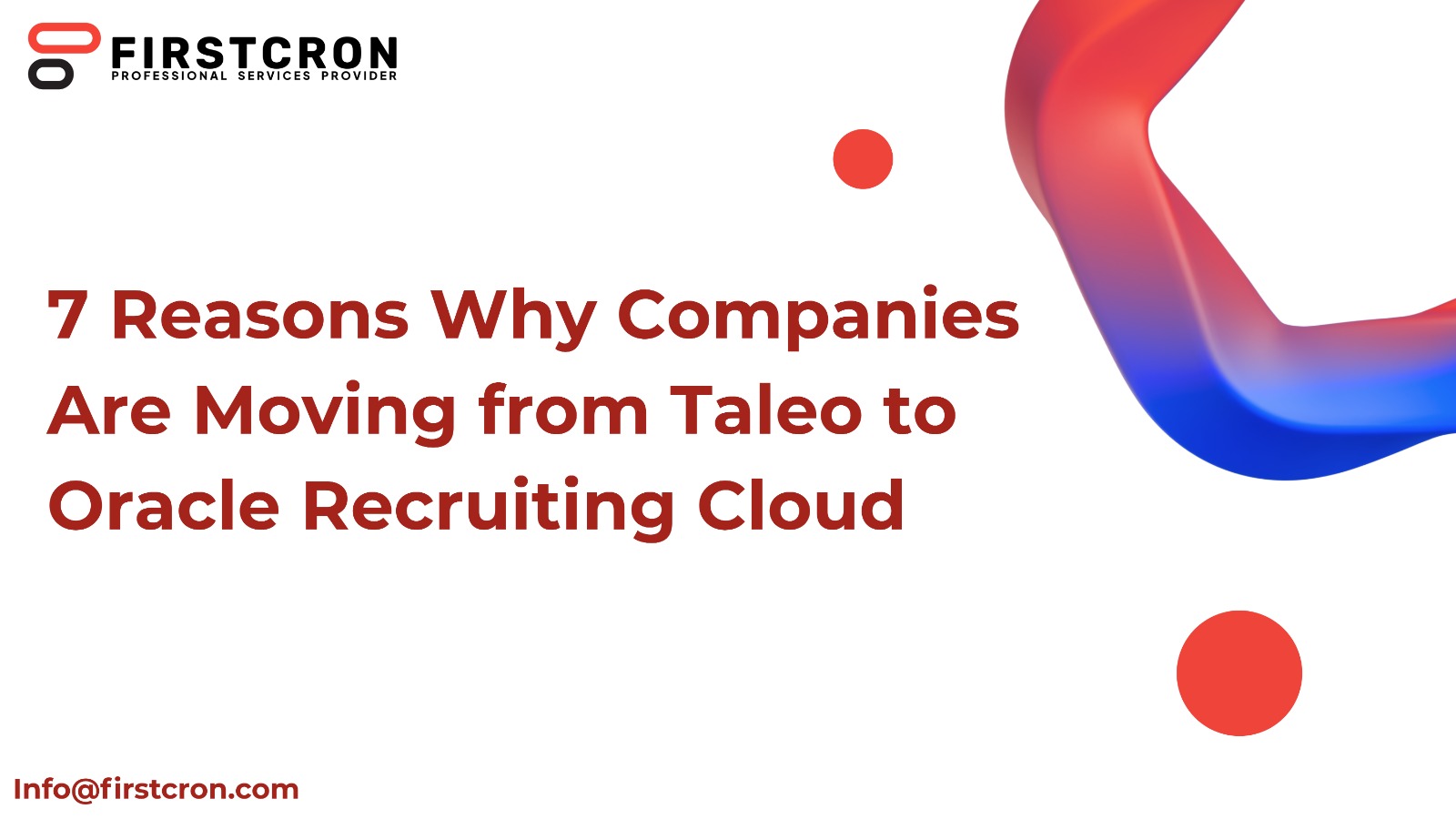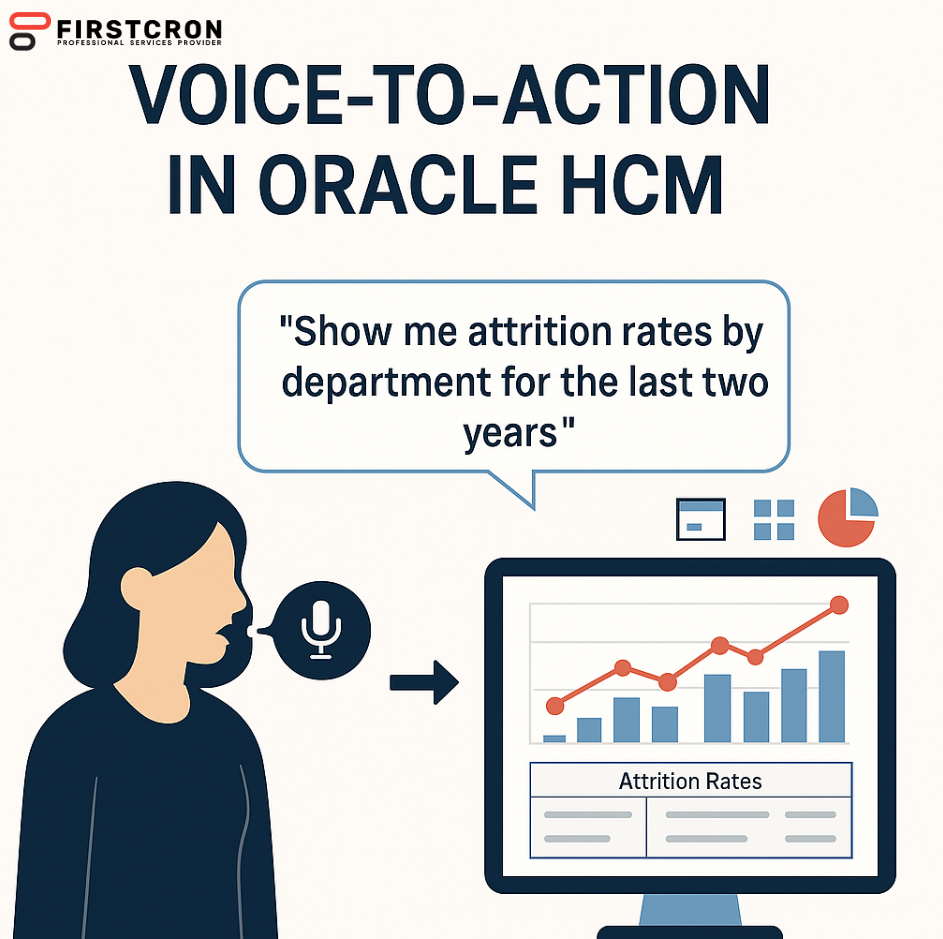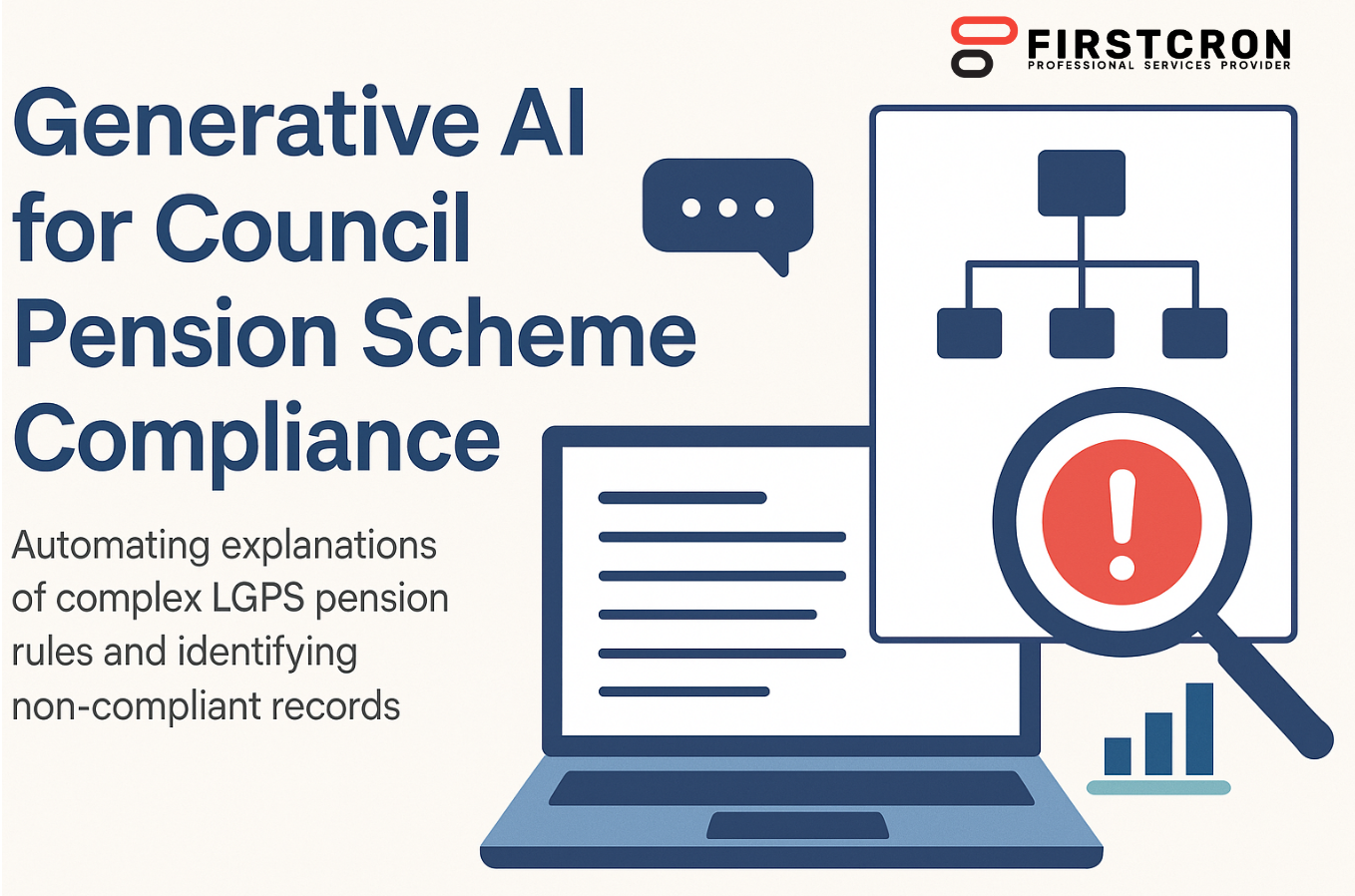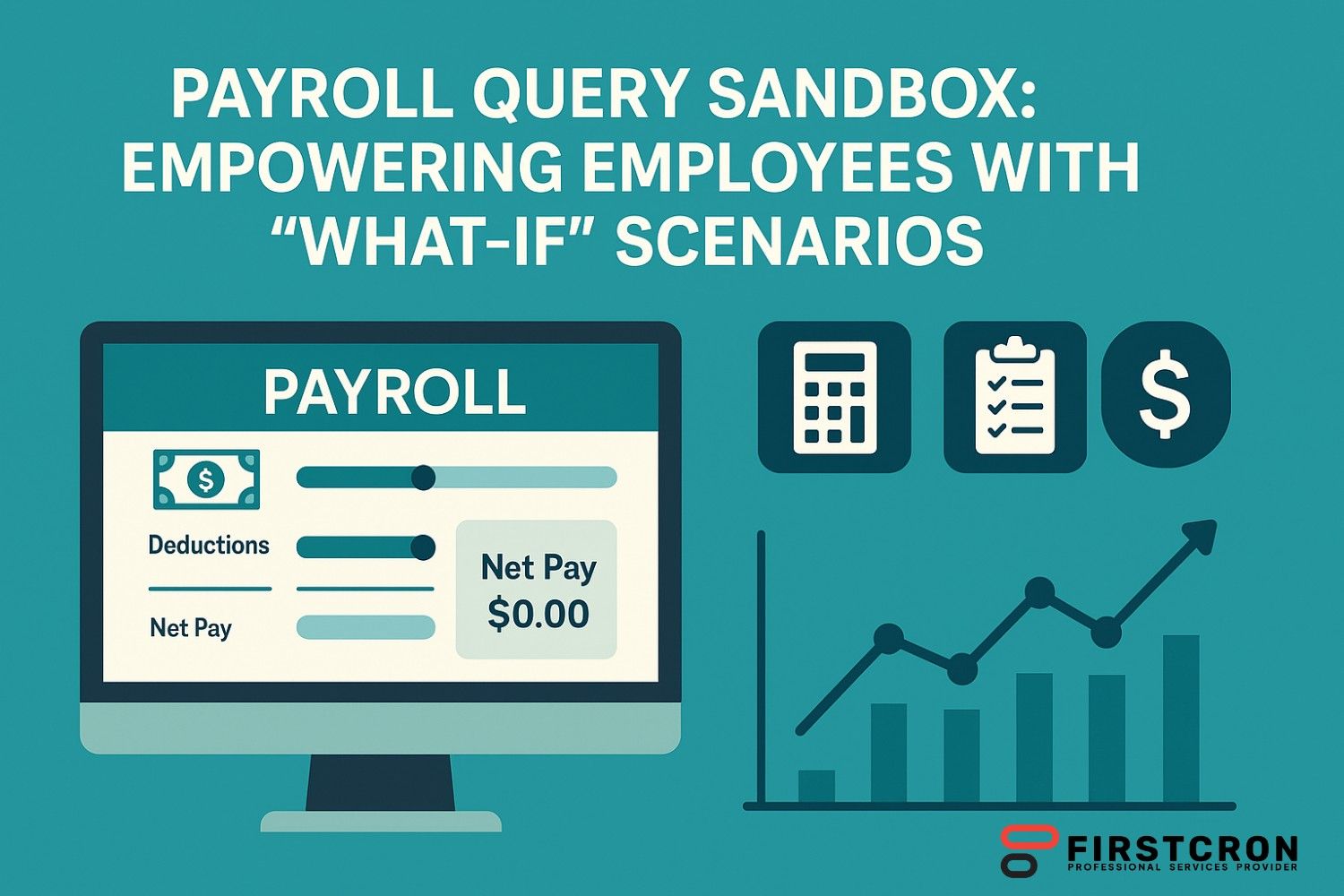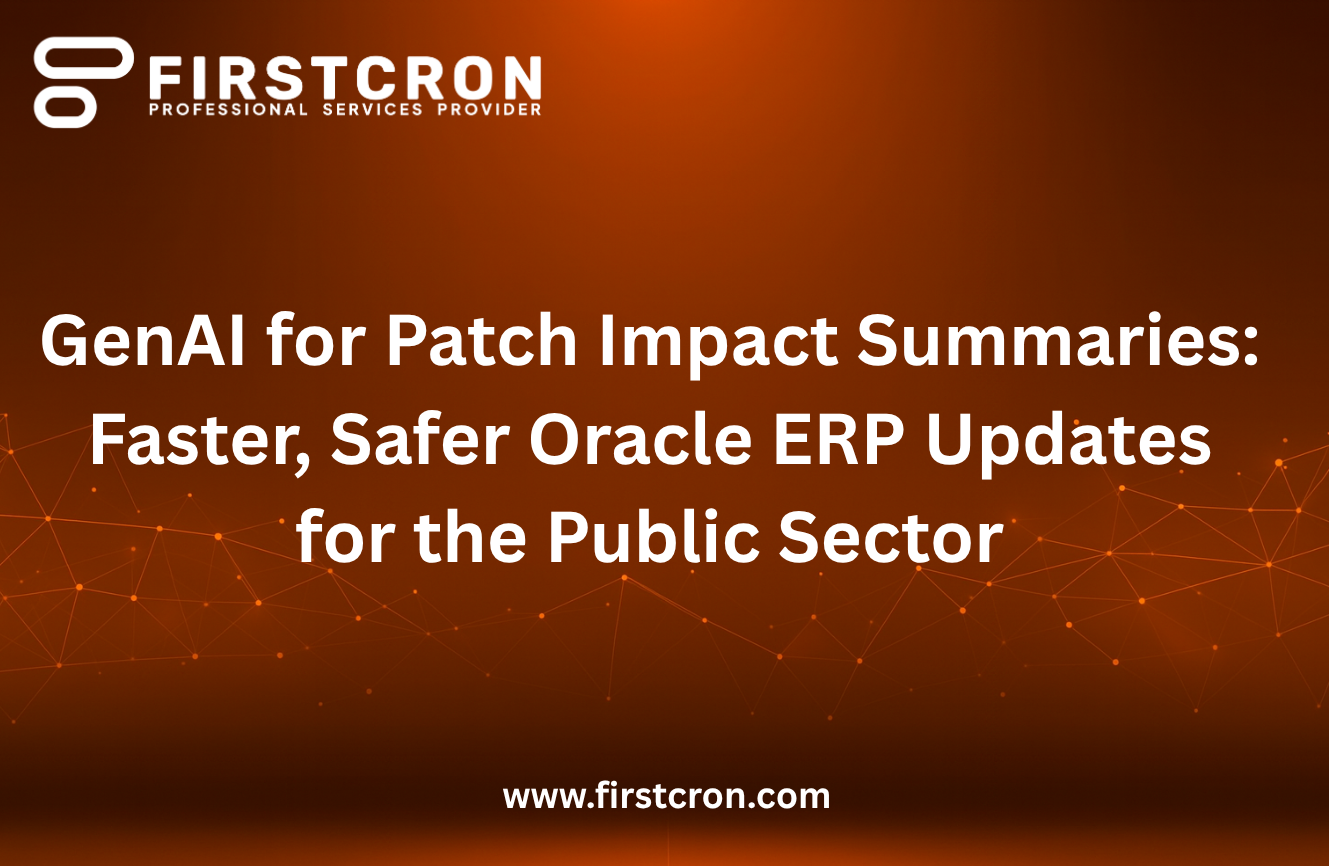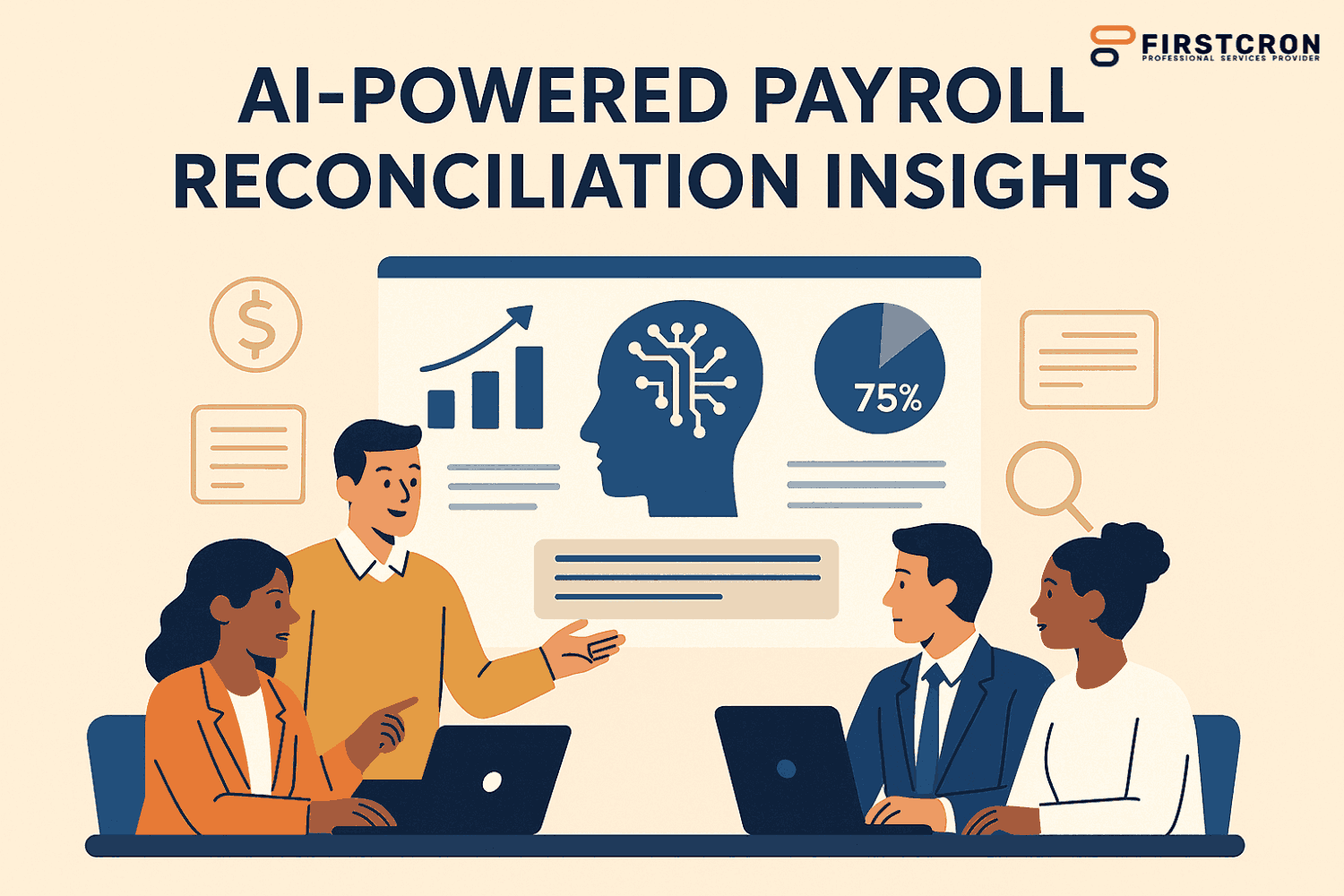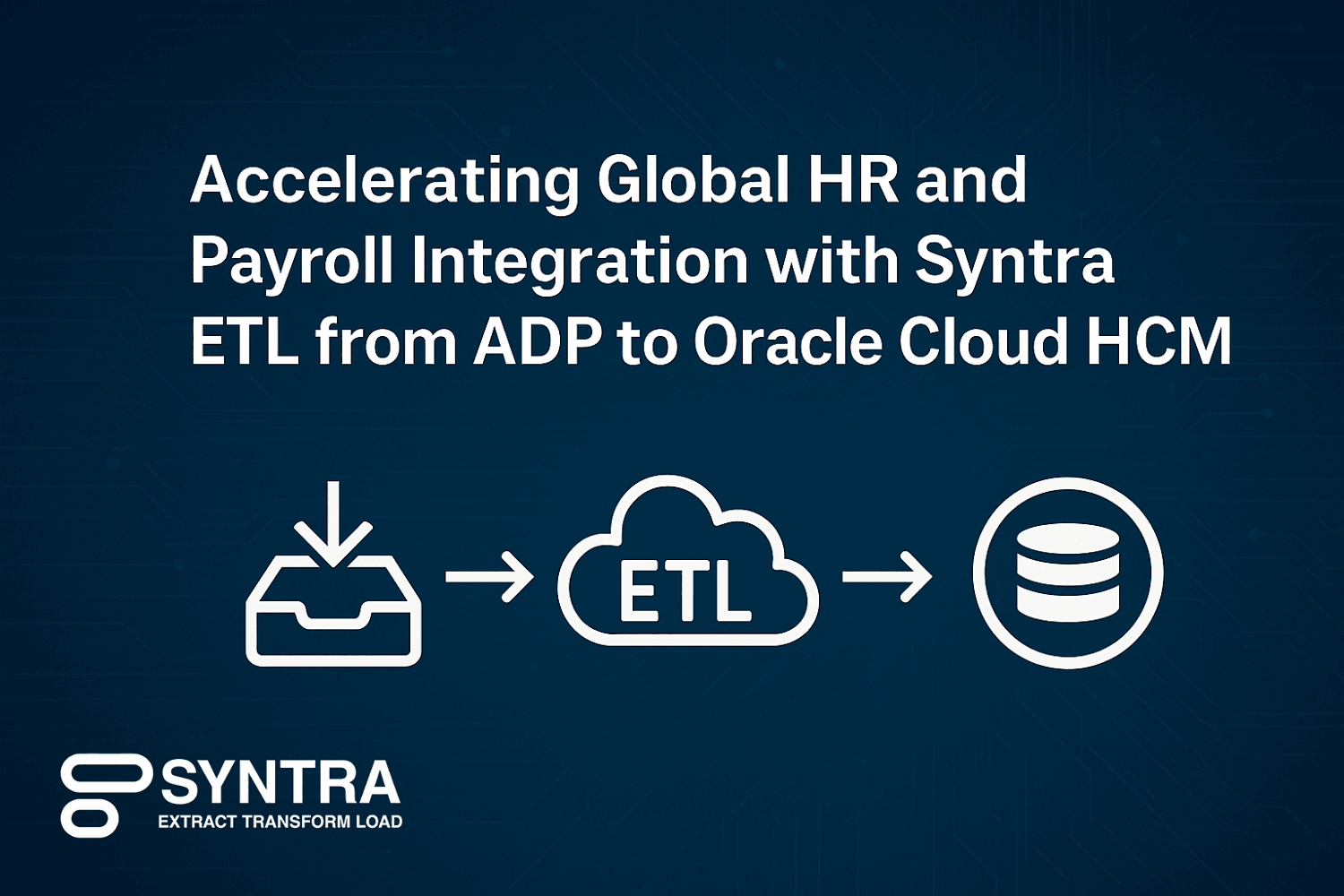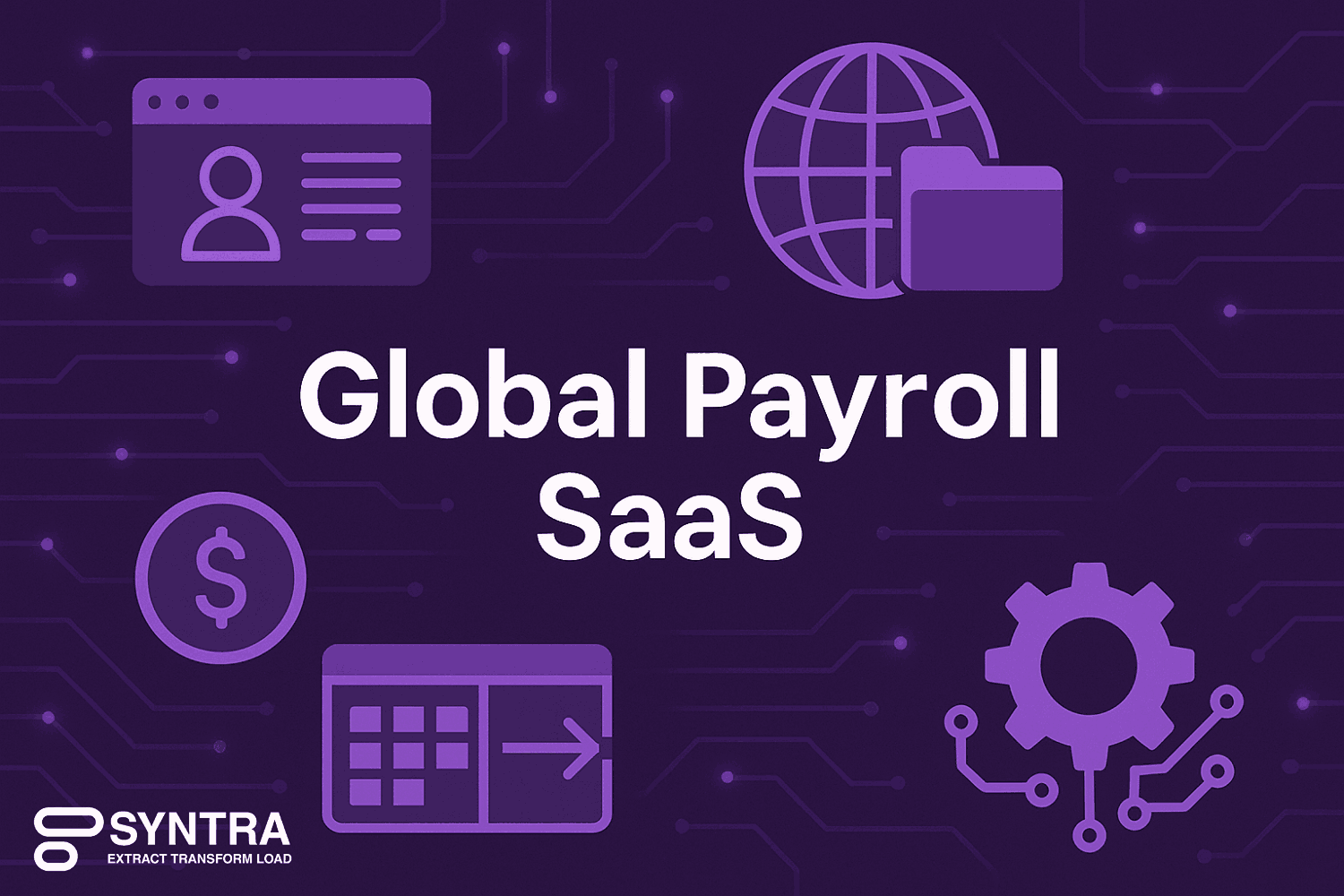
Global payroll is a high stakes, deadline driven operation. One missed mapping, one malformed date, or one misaligned tax code can ripple into delayed pay runs and compliance exposure. Syntra is built to keep those ripple effects from ever starting. It is an extract, transform, and load accelerator purpose built to move core HR and payroll data from ADP into Oracle Fusion while enforcing structure, quality, and auditability at every step. In practical terms, Syntra orchestrates the messy middle between systems so that Oracle Fusion receives data in the shapes it expects and ADP remains an authoritative source of truth where it should. Recent write ups describe how Syntra removes manual clean up and reduces load failures in US and global contexts by focusing on core objects such as employee records, taxation, compensation, and time entries, all under strict payroll timelines
In this blog we’ll cover
- Why ETL Discipline Matters Between ADP And Oracle Fusion
- The Syntra Approach To Extract Transform And Load
- High Value Objects That Benefit Most From Transformation
- How Syntra Saves Time And Effort In Practice
- A Simple View Of Where The Effort Goes And What Syntra Automates
- Coexistence With Vendor Supported Integrations
- Conclusion
Why ETL Discipline Matters Between ADP And Oracle Fusion
Oracle offers supported rails such as Payroll Connect and HCM Extracts, and ADP provides well documented integration endpoints. Those rails are necessary but not sufficient for production grade, multi country operations. Organizations still have to harmonize codes, reshape payloads, apply sequencing, and perform quality checks that survive the chaos of real data and legacy footprints. Syntra lives in that orchestration layer, automating mappings and validations that teams would otherwise maintain as brittle scripts. The result is a consistent path from ADP datasets to Oracle Fusion canonical structures, with fewer surprises when payroll must run on a fixed schedule.
The Syntra Approach To Extract Transform And Load
Extract begins with pulling worker master and payroll adjacent data from ADP in repeatable batches, aligning to cutoffs that reflect pay period calendars. Transform is where Syntra earns its keep. The tool resolves many to one code differences, normalizes date formats and effective dating, expands compact ADP fields into Oracle Fusion’s richer object model, and enforces referential integrity across assignments, jobs, positions, locations, and cost centers. Load pushes the cleansed, sequenced files into Oracle Fusion using supported interfaces, watching for rejects and reconciling deltas so that downstream calculations and compliance reporting remain correct. Industry guidance underscores the value of this structured handoff, particularly when real time or near real time events such as new hires must land cleanly for payroll readiness.
High Value Objects That Benefit Most From Transformation
Worker master is the front door. In ADP, worker identifiers, legal names, and status flags often follow patterns optimized for ADP’s payroll engine. Oracle Fusion expects person numbers, worker numbers, and assignment level details with effective dated history. Syntra reconciles those concepts so that a single source worker in ADP maps to a person plus one or more assignments in Fusion, preserving history and preventing duplicate person creation. This alignment has a compounding effect because nearly every other object references the worker and assignment keys.
Assignments, jobs, positions, and organizations form the structure that payroll rules use for eligibility and costing. ADP job and position references may be flat or location specific, while Oracle Fusion’s model separates job, position, department, and location into distinct hierarchies. Syntra lifts and reshapes that structure, generating valid combinations and ensuring that each assignment points to a valid position and department. Doing that transformation up front removes a frequent cause of load errors and downstream costing misfires.
Compensation elements and earning codes are another hotspot. ADP codes frequently carry business meaning that does not directly map to Oracle’s elements, input values, and element eligibility. Syntra maintains mapping tables that translate ADP codes to target elements, sets default input values where appropriate, and flags outliers for business review. In US payroll, this becomes critical when handling overtime categories, shift differentials, and supplemental payments. Articles describing Syntra’s focus on compensation data highlight reduced manual clean up and lower failure rates when loading to Fusion.
Taxation and jurisdictions require meticulous handling. ADP represents federal, state, and local taxes with code sets that reflect US tax geography and rules. Oracle Fusion expects tax records and card components aligned to its tax engine. Syntra validates jurisdiction codes, expands resident and work location combinations, and sets withholdings and exemptions according to the target schema. By codifying these steps, Syntra reduces payroll run breaks caused by jurisdiction mismatches, a problem frequently cited when organizations scale across states.
Time entries and absences often arrive from time systems or from ADP timesheets. Oracle Fusion requires well formed time card entries or absence records with correct date ranges, units, and element links. Syntra normalizes units and splits or merges entries to satisfy Fusion validations, which prevents the cascade of downstream corrections that can derail a pay run. Published guidance on Syntra notes time entry transformation as a key source of saved effort.
Costing and accounting distributions close the loop for finance. ADP may provide costing by department or location, while Oracle Fusion uses payroll costing setups across elements, departments, and positions. Syntra translates the costing logic and ensures that all required accounts and segments exist in Fusion before loading, thereby preventing suspense accounting and rework after payroll posting. This orchestration role is recognized in commentary about how Syntra makes the vendor provided rails production grade.
Banking and payment methods demand precision. ADP vaults can hold masked or tokenized bank data that must be represented in Fusion as payment methods with validated routing and account formats. Syntra performs format checks, applies country specific rules, and flags unverifiable records for remediation before load. When global payroll vendors coexist with Oracle Fusion, ADP’s own integration materials emphasize the need for clean, secure payment flows. Syntra’s ETL discipline supports that objective by catching issues before payroll day.
Balances and year to date values matter during transitions or coexistent operations. When organizations move jurisdictions or merge entities, ADP balance snapshots must reconcile to Oracle Fusion balances and element results to preserve tax and reporting accuracy. Syntra loads those balances with the correct dimensionality and effective periods, avoiding the reporting anomalies that appear when balance cubes and element result tables are out of sync. This is especially important when combining real time feeds like new hires through Payroll Connect with batch based balance and configuration loads.
How Syntra Saves Time And Effort In Practice
The strongest efficiency wins appear where Syntra removes manual mapping and file hygiene. Teams no longer babysit spreadsheets to crosswalk earning codes or scramble to correct malformed dates and missing keys after a load fails. Instead, the tool enforces pre load validations, manages reference data lifecycle, and focuses business users on exceptions rather than the long tail of routine records. FirstCron’s recent analyses frame these benefits in both US specific and global rollouts, positioning Syntra as an accelerator for multi platform landscapes where ADP coexists with Oracle Fusion and sometimes additional HCM or time systems.
A Simple View Of Where The Effort Goes And What Syntra Automates
| Object Area | Typical ADP Source Concept | Oracle Fusion Target Concept |
|---|---|---|
| Worker and assignment | Worker id name status job location | Person number and assignment with job position department location |
| Pay codes and taxation | Earning code deduction code tax jurisdiction | Element and input values with tax card components and withholdings |
| Time and costing | Timesheet entries and department costing | Time card entries and payroll costing with account segments |
Coexistence With Vendor Supported Integrations
Syntra does not replace vendor integrations. It strengthens them. Oracle’s Payroll Connect provides the real time path, and ADP offers compliance frameworks and endpoints for ERP integration. The gap has always been orchestration, code translation, and quality control around the edges of those rails. Syntra fills that gap so that new hires, transfers, and payroll updates move with the right granularity and in the right order. The net effect is faster deployment, fewer defects, and a smoother global operating rhythm.
Conclusion
Payroll deadlines are not flexible and compliance rules do not forgive malformed data. Syntra applies ETL discipline to the toughest transformation points between ADP and Oracle Fusion so teams can spend more time running payroll and less time fixing it. By reshaping worker structures, aligning compensation and tax models, normalizing time and costing, and validating payment and balance data, Syntra keeps the integration lights green. In the language of outcomes, it reduces manual effort, prevents load failures, and protects on time payslips across countries and cycles. That is why recent commentary positions Syntra as a practical accelerator for organizations standardizing on Oracle Fusion while continuing to leverage ADP’s payroll capabilities at scale.
Tags
Related Post
Navigating Oracle Fusion HCM & Payroll Patch 25C: Key Issues And Solutions For UK Local Councils
July 26th, 2025 10 min read
Navigating Oracle Fusion HCM & Payroll Patch 25A: Key Considerations For UK Local Councils
July 27th, 2025 10 min read
7 Proven Oracle Fusion Testing Principles To Guarantee Defect-Free Cloud Deployments
May 16th, 2025 15 min read
7 Reasons Why Companies Are Moving From Taleo To Oracle Recruiting Cloud
June 2nd, 2025 14 min read
How End-to-End Testing Of Oracle Fusion Enhances Operational Efficiency In Banking
May 23rd, 2025 11 min read
5 Business Benefits Of Investing In AI-Powered Performance Oracle Fusion Testing
May 5th, 2025 11 min read
WEEKEND READS
Voice-to-Action In Oracle HCM: Transforming HR Queries Into Intelligent Actions With GenAI
September 5th, 2025 23 min read
Automating Payslip Anomaly Detection With Natural Language Insights In Oracle ERP For The Public Sector
August 27th, 2025 24 min read
Successful Data Migration Completed — Now Live On Oracle Fusion
August 12th, 2025 4 min read
Generative AI For Council Pension Scheme Compliance
September 6th, 2025 18 min read
Payroll Query Sandbox: Empowering Employees With “What-If” Scenarios
September 17th, 2025 22 min read
GenAI For Patch Impact Summaries: Faster, Safer Oracle ERP Updates For The Public Sector
August 28th, 2025 32 min read
AI-Powered Payroll Error Forecasting
September 26th, 2025 20 min read
UKG (Ultimate/Kronos) — USA And Global, Legacy-to-Modern Workforce Management
October 5th, 2025 23 min read
AI-Powered Payroll Reconciliation Insights: Explaining Variances In Plain English
September 27th, 2025 25 min read
Accelerating Global HR And Payroll Integration With Syntra ETL From ADP To Oracle Cloud HCM
October 1st, 2025 17 min read









